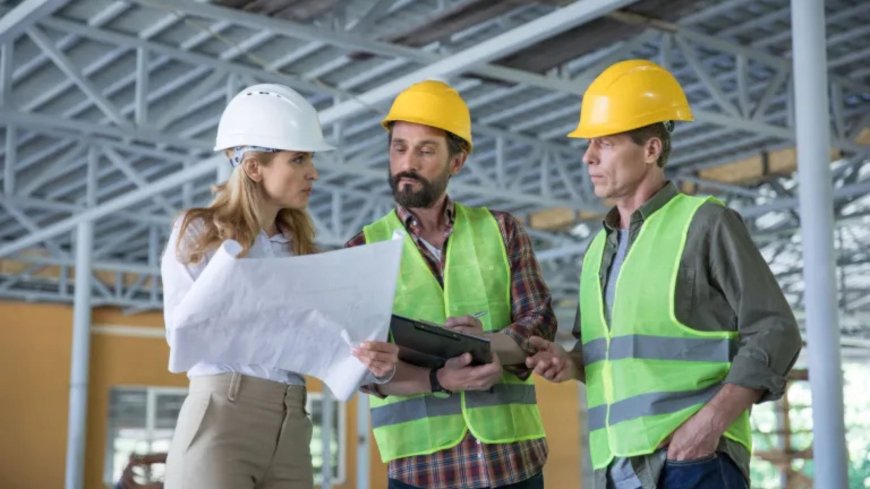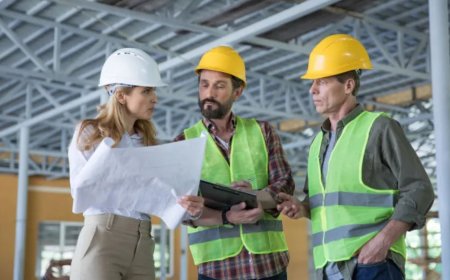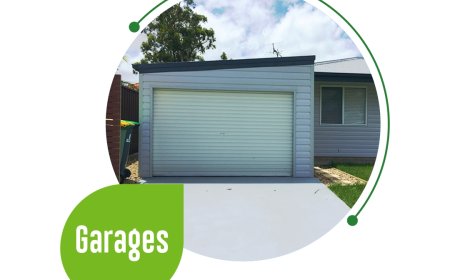Why Lean Leadership Training Is Vital for Supervisors Without Safety Experience

Table of Contents
-
Introduction
-
Why New Supervisors Feel Lost
-
How Lean Leadership Helps
-
Skills Every Supervisor Needs
-
How Training Builds Confidence
-
Why Culture Improves
-
Key Takeaway
-
Conclusion
Introduction
Many supervisors start their job feeling unsure about safety. They want to help their team, but they do not always know where to start. This guide explains why Lean Leadership Training is so important for supervisors who do not have a safety background. It also shows how simple, practical training can help them become strong leaders on the shop floor.
The ideas here fit real manufacturing work. They support a Lean Health and Safety Culture and Training approach that focuses on people, clear habits, and daily communication. The writing is kept simple so high school students or new workers can understand it easily.
Why New Supervisors Feel Lost
A lot of supervisors come from production roles. They know the machines and tools but not the safety side of leadership. Because of this, some hesitate to speak up when they see something unsafe. They worry they may give the wrong advice.
Another issue is that many think safety is only about rules or avoiding trouble with OSHA. But real safety leadership focuses on protecting people. Rules help, but they are not the main goal. A safe workplace depends on steady guidance, honest conversations, and good habits.
Lean training helps supervisors understand this balance.
How Lean Leadership Helps
Lean leadership teaches supervisors how to look for problems early and respond quickly. It is not about working faster. It is about working smarter and safer. When paired with safety training, it becomes even more powerful.
Lean leaders learn to:
-
Look closely at daily work.
-
Notice small risks before they grow.
-
Talk with workers, not at them.
-
Build simple routines that reduce hazards.
-
Keep safety and production working together, not against each other.
This is the foundation of a strong Lean Health and Safety Culture and Training environment.
Skills Every Supervisor Needs
Supervisors without a safety background can still become strong safety leaders. They just need the right skills taught in a simple way. Safety Fitz focuses on the skills that matter most.
Hazard Recognition
Supervisors must learn to see hazards in normal work. This includes missing guards, poor lifting positions, or areas where dust or noise may cause long-term harm.
Lockout and Tagout Awareness
Supervisors do not need authorized-level electrical training. They only need awareness-level skills. They learn why machines must be locked out and why only qualified workers should open certain equipment. This helps them enforce safe practices without taking on technical electrical tasks.
Ergonomics Basics
Small ergonomic changes keep workers comfortable and prevent injuries. Supervisors learn how to spot awkward motions, repeated strain, and poor workstation setups.
Incident Investigation
Good investigations focus on root causes, not blame. Lean-style investigations help supervisors fix the real issue so it does not happen again.
Building Safety Teams
Supervisors learn to support and involve workers in safety teams. This makes employees feel valued and increases safety ownership.
How Training Builds Confidence
Supervisors become better leaders when they practice these skills in real settings. They learn how to speak up, ask questions, and guide their team in a respectful way. Lean tools, like short daily meetings or simple checklists, make everything easier.
Training also helps supervisors understand their limits. Knowing when to get help builds trust. Workers respect supervisors who say, “That is outside my training, but I will find the right person.”
With time, supervisors feel more confident and comfortable leading safety every day.
Why Culture Improves
When supervisors understand safety and lean leadership, the entire workplace changes. Workers notice that supervisors listen and follow through. Hazards get fixed faster. Mistakes drop. People feel safer and more supported.
This creates a strong Lean Health and Safety Culture and Training environment. Safety becomes something everyone participates in instead of something forced by rules.
A culture like this lasts because it is built on respect, teamwork, and simple daily habits.
Key Takeaway
Supervisors do not need years of safety knowledge to lead well. They need Lean Leadership Training that teaches them to see hazards early, guide workers calmly, and build habits that protect people every day. With the right support, they become confident leaders who keep the workplace running safely and smoothly.
The End Note!
Safety Fitz LLC provides training that helps supervisors with little safety experience grow into strong leaders. Their focus on lean methods, hazard recognition, and practical safety habits supports safer workplaces and stronger cultures in real manufacturing settings.





































